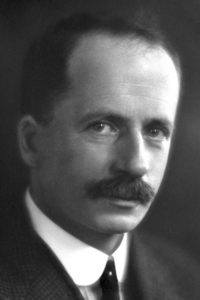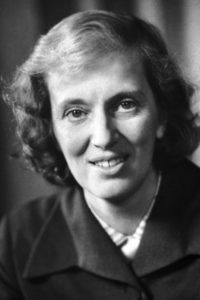
The development of insulin
It is only in the last hundred years that scientists have discovered a way to treat diabetes, a condition which must have urgent attention if the patient is to be prevented from wasting away. Three Britons are among those involved in the important development of insulin for injection into the body when the pancreas fails to produce its own.

The first was John Macleod (1876-1935), who was born in Perthshire and was a world-renowned physiologist working at the University of Toronto in the early 1920s. He and a colleague were the joint winners of the Nobel Prize in Physiology or Medicine in 1923 for their discovery of insulin.

The second was Frederick Sanger (1918-2013), born in Gloucestershire and engaged as a biochemist at the University of Cambridge when he sequenced the primary structure of insulin, discovering its two chains of fifty-one amino-acids in total. This groundbreaking work earned him the Nobel Prize in Chemistry in 1958.

The third was Cairo-born Professor Dorothy Hodgkin (1910-94), who spent thirty-five years solving the three-dimensional molecular structure of insulin, also determining the structures of penicillin and vitamin B12 along the way. For this she pioneered the use of X-ray crystallography and was awarded the Nobel Prize in Chemistry in 1964.
(Top image: Marco Verch at Flickr.com / CC BY 2.0)
